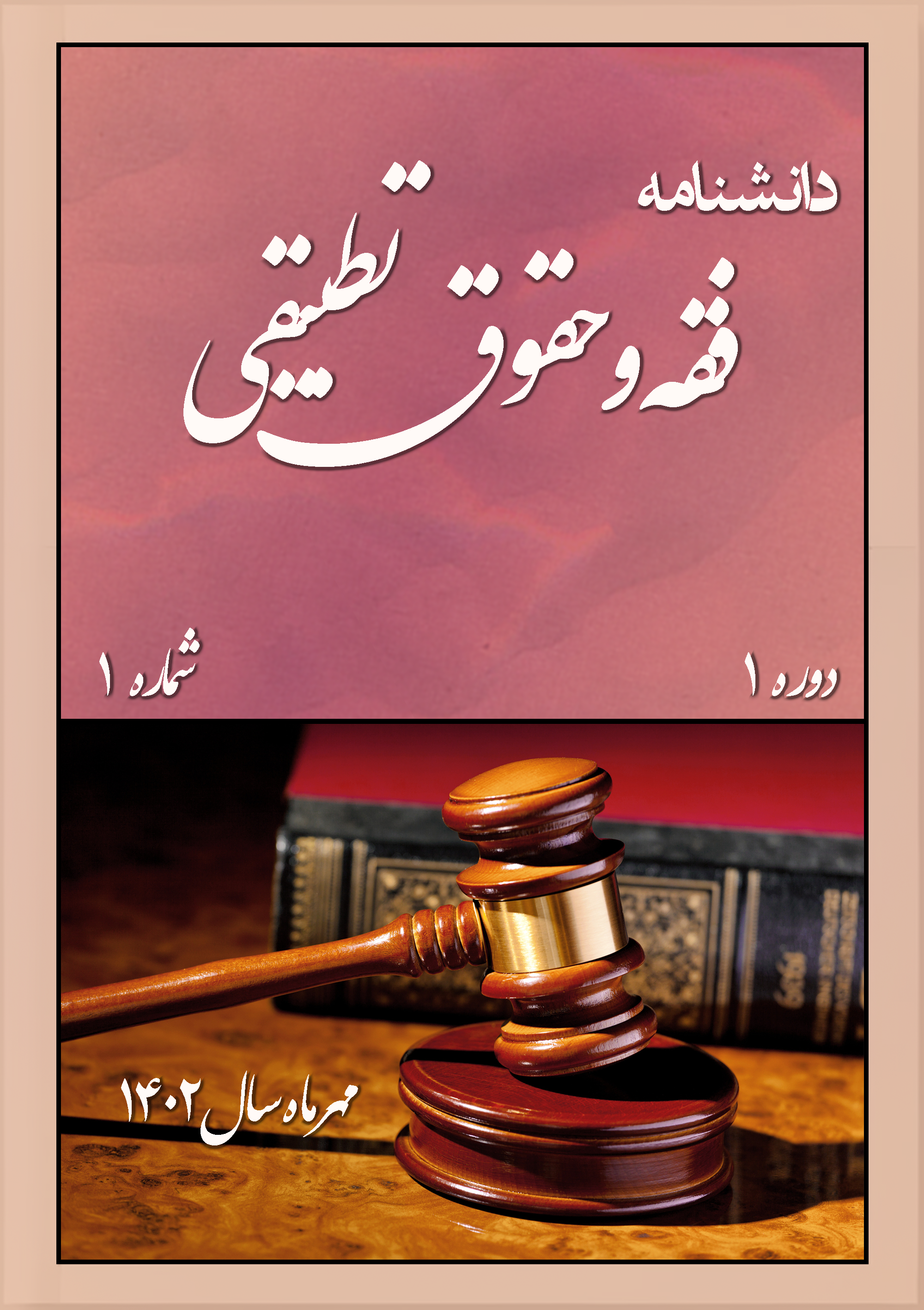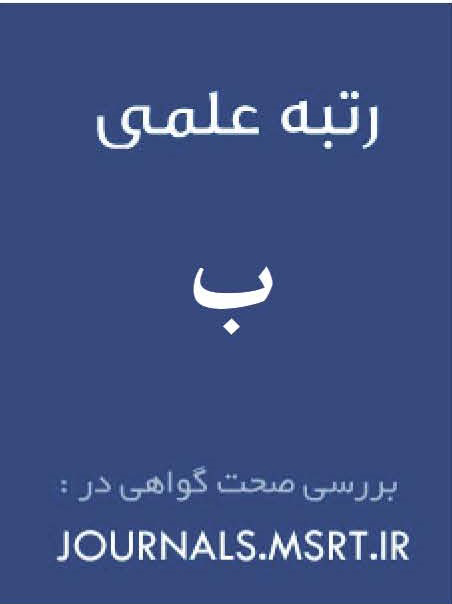The Rule of No-Harm (Lā Ḍarar) and the Wife’s Right to Childbearing
Keywords:
rule of no harm, family rights, childbearing, rulings and effectsAbstract
The derivation of secondary Islamic legal rulings (aḥkām furʿī) is among the responsibilities and duties of the jurist (mujtahid), and one of the tools employed in this process is the application of fiqh principles. Among the practical applications of fiqh in statutory law is the role and influence of fiqh-based rules in shaping legal provisions, particularly in the domain of family law. Fiqh rules essentially reflect the underlying rationale and frameworks of benefit (maṣlaḥa) and harm (mafsada) in human actions. Based on these, the jurist deduces legal norms in the fields of worship (ʿibādāt) and transactions (muʿāmalāt). Marriage, as a legal institution, is intended to foster affection and tranquility between spouses, and one of its significant outcomes is procreation and reproduction. Children are divine blessings, adornments for their parents, and sources of pride. Islamic teachings and traditions strongly emphasize the importance of having children. Undoubtedly, the right to have children is a natural entitlement of both husband and wife, and neither party—except in cases of necessity—may deprive the other of this divine gift without mutual consent. Nevertheless, one of the practically significant issues in family life is the exercise of one spouse’s will to prevent conception and childbearing, which may even be expressed in the form of a condition in the marriage contract, such as a clause stipulating permanent abstention from having children. This article adopts a descriptive-analytical approach to examine the applicability of the lā ḍarar principle (the rule of no-harm) in cases where the husband obstructs the wife’s right to bear children. The central thesis of this study is the necessity of obtaining the wife’s consent in the face of the husband's unilateral will and the invalidity of any permanent condition forbidding childbearing that lacks a valid excuse.
Downloads
References
Al-Hilli, H. (1995). Buhuth Fiqhiyyah [Jurisprudential Discussions]. Mehr Publishing.
Al-Hurr al-Amili, M. b. H. (1989). Wasa'il al-Shi'a. Al al-Bayt Institute.
Al-Kulayni, M. b. Y. q. (1987). Al-Kafi. Dar al-Kitab al-Islamiyyah.
Al-Najafi, M. H. (1984). Jawahir al-Kalam fi Sharh Sharayi' al-Islam [The Jewels of Discourse in Explaining Sharayi' al-Islam]. Al-Maktabah al-Islamiyyah.
Al-Tusi, M. b. H. (1991). Tahdhib al-Ahkam. Dar al-Kutub al-Islamiyyah.
Jafari Langroudi, M. J. (1989). Family Law. Ganj-e Danesh.
Katouzian, N. (2006). Family Law. Sherkat-e Sahami-ye Enteshar.
Katouzian, N. (2007). The Civil Code in the Framework of the Current Legal System. Mizan Legal Foundation.
Mohaghegh Damad, S. M. (1986). A Jurisprudential Study of Family Law. Islamic Sciences Publishing.
Mohaghegh Damad, S. M. (1995). Jurisprudential Rules – Civil Section 2. SAMT.
Mohammadi, A. (2002). Family Law. Ghalam-e Sabz.
Naqibi, S. A. (2010). General jurisprudential rules and their application in family law. Law Quarterly, 20.
Naqibi, S. A. (2011). Specific jurisprudential rules of family law and their application in the Civil Code. Neda-ye Sadeq, 52(Autumn).
Safaei, S. H., & Emami, A. (2001). Family Law. University of Tehran Press.
Tabatabaei, H. (1990). Tafsir al-Qur'an al-Karim [Interpretation of the Holy Qur'an]. Islamic Propagation Publishing.
Downloads
Published
Submitted
Revised
Accepted
Issue
Section
License
Copyright (c) 2025 زرین اسدی, مریم ابن تراب, فائزه مقتدایی (نویسنده)

This work is licensed under a Creative Commons Attribution-NonCommercial 4.0 International License.









